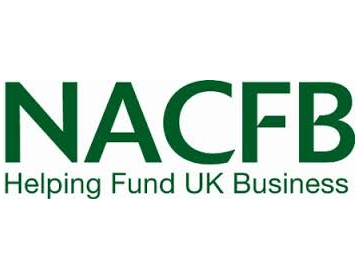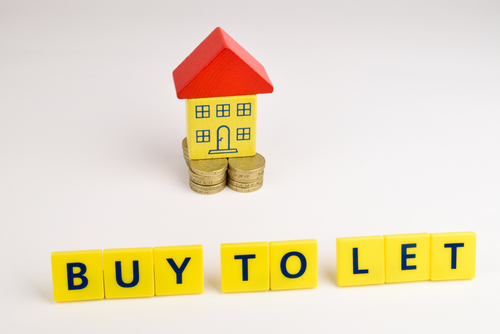
Data published this week by the Resolution Foundation confirms the continuation of the downward trend in home ownership in the UK.
Since 2003 the owner occupancy percentage has fallen from 71% to just under 64% in England with the downtrend being pronounced across the country and not just in London and the south-east.
Scotland, Wales and Northern Ireland are now seeing home ownership levels between 5% and 10% lower than at their peak in the mid-2000s. This downtrend is a significant reversal to the seemingly inexorable growth in home ownership witnessed in the previous three decades.
The key issue is that property has become unaffordable for a growing preparation of the adult population.
Data provided by the Nationwide Building Society show that the average ratio of property prices to salaries for first-time buyers is now 5.3 for the UK as a whole and a staggering 10.3 for London. This contrasts with 2.8 for the UK and 4.3 for London at the start of the year 2000.
By contrast, helped by record low interest rates, the affordability of mortgages for those able to purchase property is less challenging.
The Nationwide’s figures show that on average across the UK mortgage payments for first-time buyers amount to 34.1% of mean take home pay. This is around the long-term average and much lower than in mid-1989 and late-2007 when the ratio was 55.8% and 51.8% respectively.
So the issue is that the inability of those seeking to buy to muster sufficient mortgage finance and/or the deposit sizes required by lending institutions is forcing a growing proportion of the adult population into rented accommodation. For most this is an economic reality rather than a lifestyle choice.
Clearly the issue of affordability raises the question of the ways that young people can be helped onto the housing ladder if they have not got access to material financial help from within their families.
There have been calls for making 100% loan-to-value mortgages available or for further help from the government in respect of the deposits first-time buyers need.
The issue is, that leaving aside the risks and costs of such initiatives to lenders and the government, such schemes aimed at increasing the ability of first-time buyers to get onto the housing ladder may be self-defeating.
This is because boosting the purchasing power of property buyers is likely to end up pushing house prices even higher, thereby meaning that no material inroads end up being made into the issue of affordability.
There is also the underlying issue that too few new properties are being built to meet the needs of the UK’s growing population.
Addressing this under-supply of property is at the heart of dealing properly with the issue of affordability – but this solution is, sadly, hardly one that can be provided in the short-term.
*This article was written by Martin Upton, Director of the True Potential Centre for the Public Understanding of Finance (True Potential PUFin)




















Join the conversation
Be the first to comment (please use the comment box below)
Please login to comment